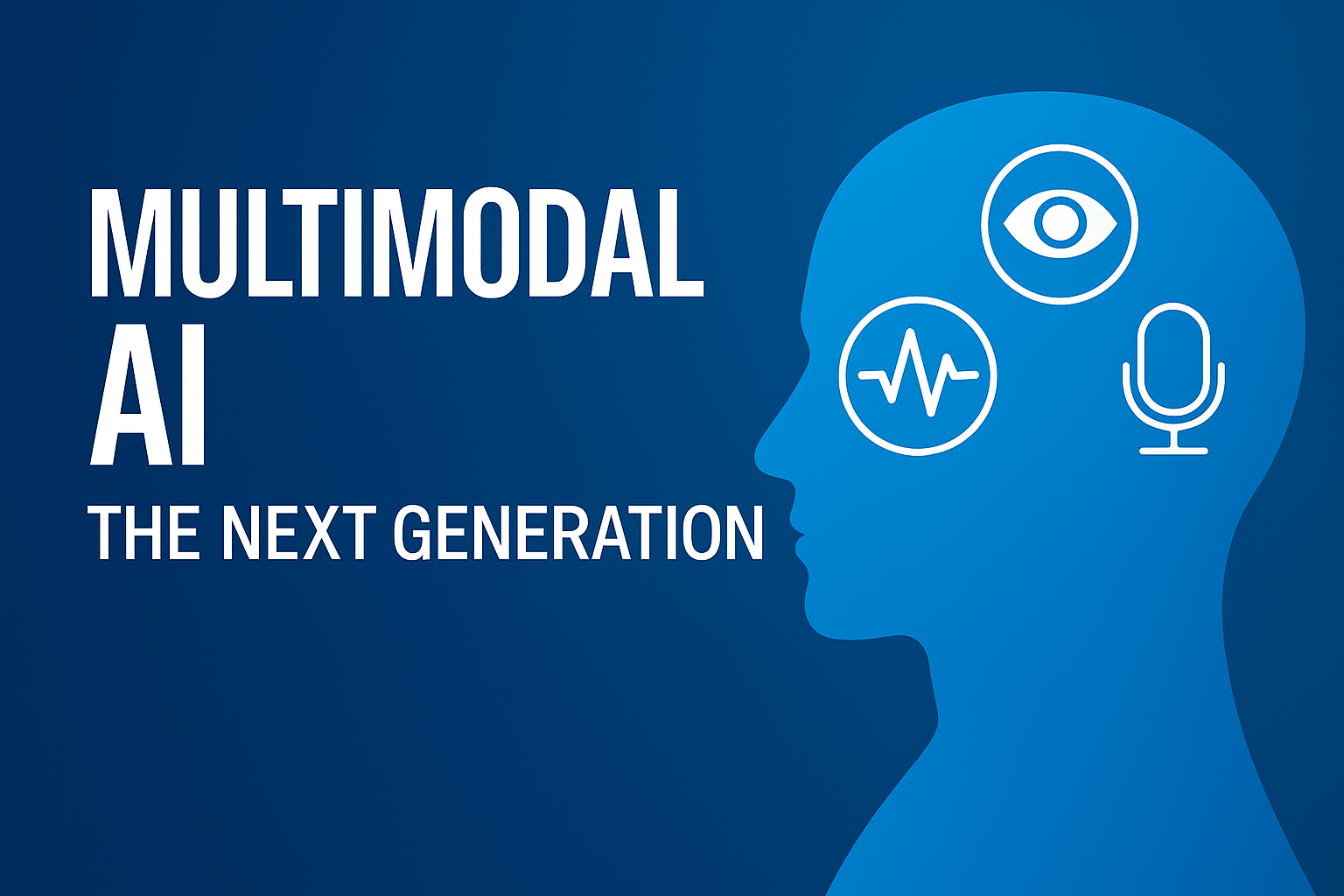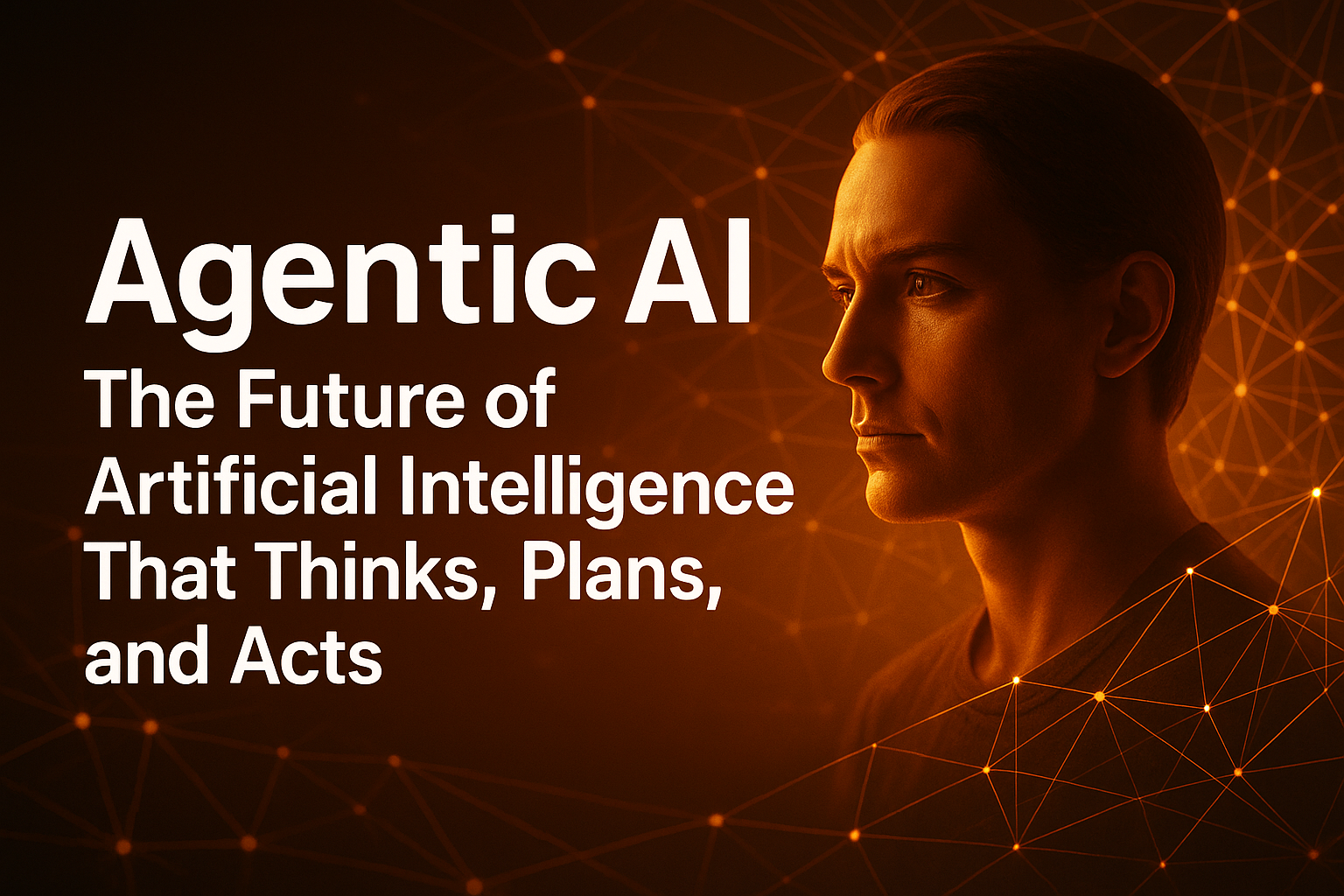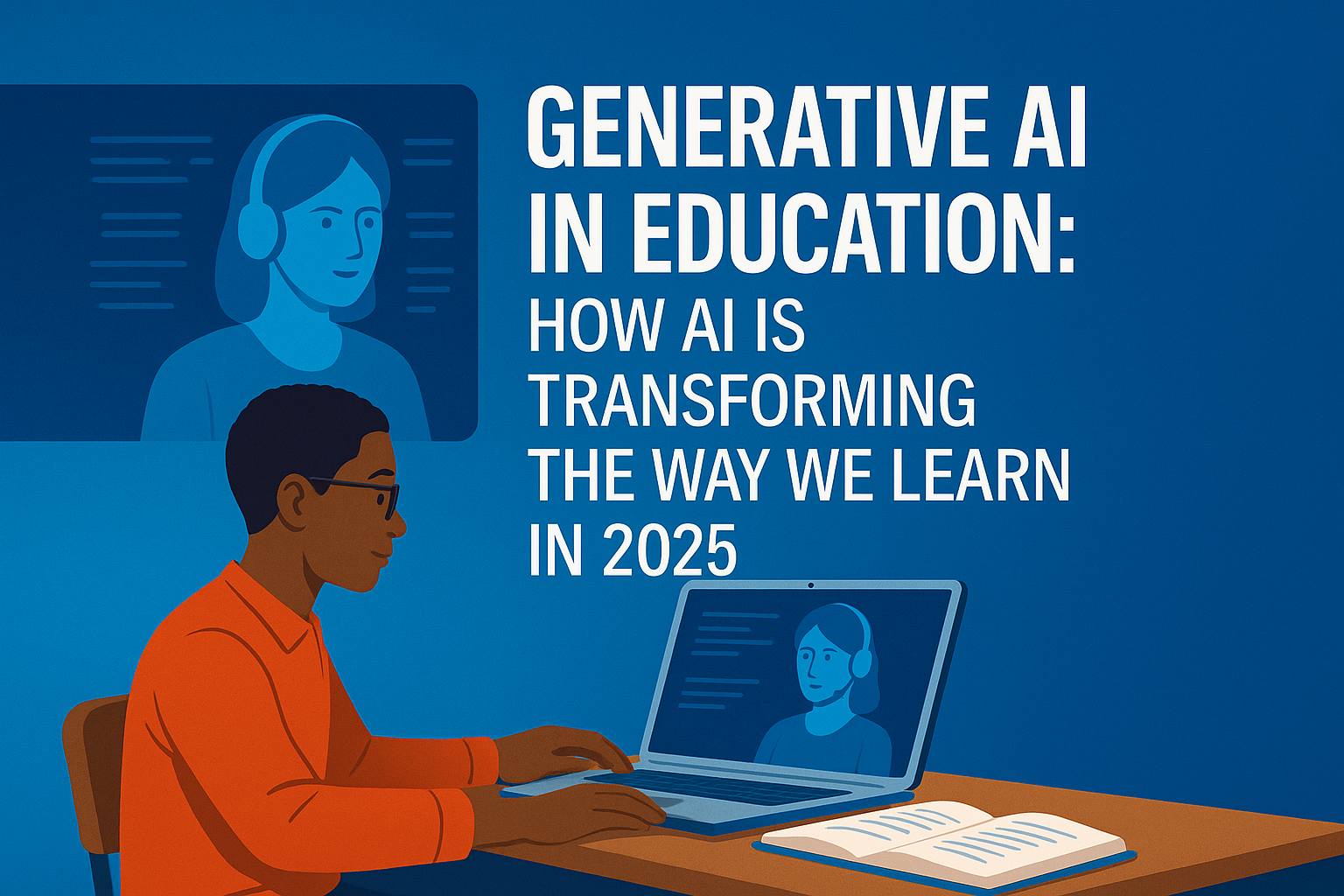Imagine talking to an AI just like you talk to a friend: you show it a photo, describe your problem in words, and even play a short audio clip — and the AI understands all of it together.
Welcome to the world of Multimodal AI, the breakthrough technology that’s changing how machines interact with humans in 2025.
What is Multimodal AI?
Traditional AI models were like single-skilled students:
- Some were great at reading text (like chatbots).
- Others could only analyze images.
- A few worked only with audio or video.
But Multimodal AI is like the all-rounder — it combines multiple senses into one system. It can process text + image + speech (and even video) at the same time to give smarter, more natural responses.
Why is Multimodal AI a Game Changer?
- Human-like interaction – We humans don’t just talk; we look, listen, and interpret context. Multimodal AI brings machines closer to that experience.
- More accurate results – By analyzing different inputs together, it reduces errors. For example, identifying a medical condition with both an X-ray (image) and patient notes (text).
- New possibilities for industries – From healthcare to e-commerce, education to entertainment, the applications are endless.
- Real-World Examples
- Education: Students can upload a diagram and ask, “Explain this process in simple words.” The AI will read the image and explain in text.
- Healthcare: Doctors can input a scan + patient report, and the AI gives a combined analysis.
- Shopping: You click a picture of a shoe you like, ask, “Find me this in black, size 9,” and AI instantly searches across stores.
- Content Creation: Multimodal AI can write a blog, create an illustration, and even narrate it as audio — all in one flow.
- The Future Ahead
- In the coming years, Multimodal AI won’t just understand inputs — it will create new content across formats. Imagine recording a short voice note like, “Make a futuristic poster for my blog and summarize the key points in 500 words,” and the AI delivers both text and image in seconds.
- The boundary between human creativity and AI assistance is about to get thinner.
- Challenges to Watch Out For
- Bias & Accuracy: Combining multiple data types also means more chances of error if not trained well.
- Privacy: Handling images, voice, and text raises bigger security concerns.
- Compute Power: These models are resource-hungry and need advanced infrastructure.
- Final Thoughts
- Multimodal AI is not just a new feature — it’s the future of how humans and machines will communicate. Instead of treating text, images, and audio separately, the AI of tomorrow will bring them together into one seamless experience.
- The question is: Will this make our lives easier, or will it blur the line between human creativity and machine intelligence too much?



